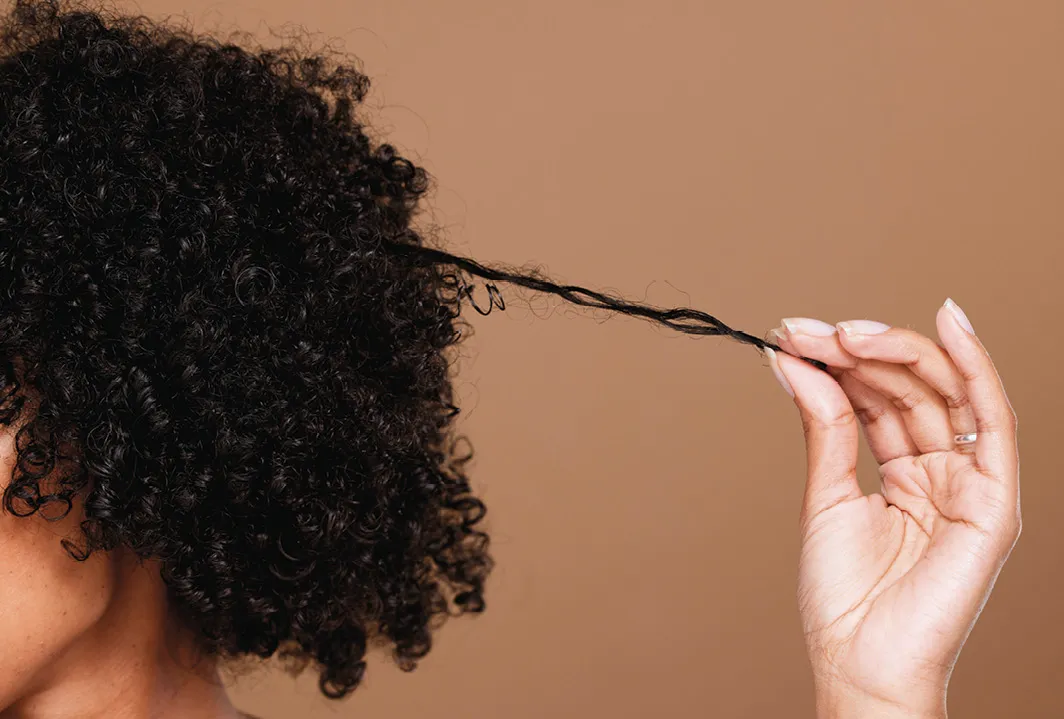Unit 3
Activity 1
My hair, your choice
Ressource affichée de l'autre côté.
Faites défiler pour voir la suite.
Faites défiler pour voir la suite.
1A tangled history


Vidéo associée
Ressource affichée de l'autre côté.
Faites défiler pour voir la suite.
Faites défiler pour voir la suite.
2
The Tignon Laws
The Tignon Laws
In 1786, Louisiana territory was under the Spanish rule
of Governor Esteban Rodriguez Miró. God forbid if a
woman of African descent was mistakenly treated with the
same decency as a white woman, so Miró enforced a law
that forced Black women to outwardly identify themselves as the “slave class”, even though a large percentage of
them were free. That outward identifier was the tignon, a
material knotted to make a headscarf. Black women were
to completely cover their hair to refrain from displaying
“excessive attention to dress.” It is noted that Miró hoped
the laws would control women “who had become too
light-skinned or who dressed too elegantly, or who competed too freely with white women for status and thus
threatened the social order.” I guess this was supposed to
spare the feelings of the city's white women, but it did
not work. The law was put in place to label free women
of color as less than others, and they did what had been in
the nature of Black women for centuries – forming beauty
and innovation out of oppression.
These Black women followed the law by covering their hair but decorated their tignons with bright, beautiful colors, jewelry, and feathers.
These Black women followed the law by covering their hair but decorated their tignons with bright, beautiful colors, jewelry, and feathers.
Ressource affichée de l'autre côté.
Faites défiler pour voir la suite.
Faites défiler pour voir la suite.


Agostino Brunias, A West Indian Flower Girl and Two Other Free Women of Color, ca. 1769.
Ressource affichée de l'autre côté.
Faites défiler pour voir la suite.
Faites défiler pour voir la suite.
Questions
1
Watch the video. Pick out facts and dates about
the history of Black hair in the U.S.
2
Read the text. How was the Tignon Laws justified
by those who implemented it?
3
How did Black women manage to retain some decency
in spite of those regulations?
Ressource affichée de l'autre côté.
Faites défiler pour voir la suite.
Faites défiler pour voir la suite.
Background check
Sum up what you have learned about the history of Black hair discrimination. Why is the story “tangled”?Ressource affichée de l'autre côté.
Faites défiler pour voir la suite.
Faites défiler pour voir la suite.
A tignon /ˈtiːjɒn/ is a headwrap traditionally worn by Creole women of African descent in Louisiana during the Spanish colonial period.
Ressource affichée de l'autre côté.
Faites défiler pour voir la suite.
Faites défiler pour voir la suite.
Find three words used in the documents
to describe ways to cover someone's hair.
Une erreur sur la page ? Une idée à proposer ?
Nos manuels sont collaboratifs, n'hésitez pas à nous en faire part.
j'ai une idée !
Oups, une coquille
